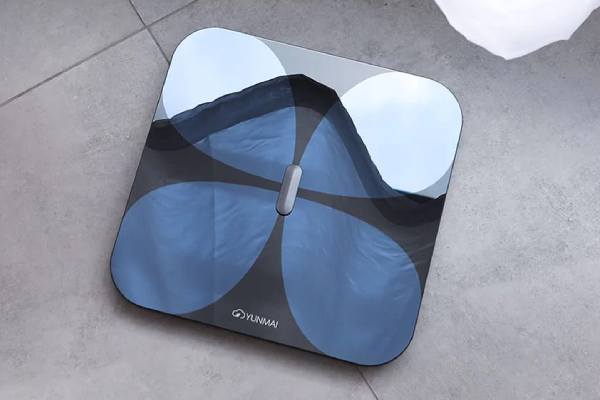
How to use a smart scale?
Calculate your weight, body fat percentage and more
Smart scales are a useful tool in your fitness arsenal. They far surpass your old fashioned analog scale. With these scales you can not only measure your weight. They can take your body measurements and communicate with apps to calculate your body mass index, body fat percentage, muscle percentage, and many other useful health metrics.
The best smart scales do this quickly and accurately, often interacting with activity metrics from your fitness tracker or smartwatch , especially if you're using one that works with the same fitness ecosystem as your fitness band.
However, smart scales can do a lot for you, and it's important to know how to get the most out of them.
Setting up your Smart Scale
Unlike a normal scale that you just unpack and it's ready to use, the smart scale requires a little more initial setup. Most smart scales typically run on replaceable or rechargeable batteries, like many other smart devices.
Once the smart scale is turned on, you will need to go through two additional steps: connecting the smart scale to your phone via Bluetooth and downloading the corresponding app.
The app itself will differ from device to device, but most will at least require you to enter your gender, age and height so that your weight can be taken into a slightly wider context.
Most will be able to use this new information to calculate your Body Fat Index, which gives an estimate of a healthy weight based on data from the entire population. However, some of the best smart scales do more: you can also enter your chest, bicep, waist and hip measurements to create a virtual model of yourself in the app.
This will allow the scale to more accurately calculate your fitness indicators. The best smart scales give you information about your muscle, fat and bone percentages, illustrating whether they are in or out of the healthy range for your age, height, weight and gender.
Using your smart scale
At first glance, it's as simple as using a normal scale: step on and the scale will indicate your weight in your chosen denomination (pounds or kilograms) in addition to other statistics on the device's digital display.
However, the next step is to check your app, which automatically updates with your latest stats. Of course, your updated weight will then affect all data and calculations, such as Body Fat Index.
If you use a scale connected to your tracker, your Fitbit Premium or Garmin Connect account will automatically update with your new data. This means your weight, muscle and fat percentages, sleep metrics, activity and more are all in one place – it's a great way to create a central headquarters for all your health data.
Use your smart scale responsibly
Over-tracking weight, fat and activity can harm your mental health. Therefore, it is wise to use your smart scale only as a check that your health indicators are good, but not to become too obsessed with kilos and percentages and not to put undue pressure on yourself.
Research from the University of Minnesota claims that measuring your own weight more often leads to a decrease in self-esteem and your opinion of your body than an increase. That's why it's important to use your smart scales in a smart way. The numbers on the scale are not the most important. If you're not an elite athlete, but a regular fitness enthusiast and you eat healthy, drink water and enjoy exercise regularly, don't be discouraged if the scale doesn't show 100% of the results you want.
Source: https://www.techradar.com/how-to/how-to-use-a-smart-scale

